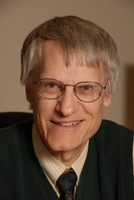 Prof. Reynolds studies high-energy processes in supernova remnants, active galaxies, and other locales,
in particular the acceleration of particles in strong shock waves. Synchrotron X-ray emission from shell
supernova remnants, originally proposed in 1981, has now been amply confirmed and has become an
important tool for the study of shock acceleration.
Synchrotron X-ray emission is often mixed with thermal X-ray emission from gas shocked to temperatures of 10 MK
and above, and Reynolds has performed observations with various X-ray satellites to study both thermal and
nonthermal processes. Observations with the Chandra X-ray Observatory have led to the firm identification
of the type of Kepler's supernova of 1604 as a thermonuclear (Type Ia) supernova, and to the discovery of the
youngest supernova remnant in the Galaxy, G1.9+0.3, only about 100 years old as observed at Earth.
Prof. Reynolds studies high-energy processes in supernova remnants, active galaxies, and other locales,
in particular the acceleration of particles in strong shock waves. Synchrotron X-ray emission from shell
supernova remnants, originally proposed in 1981, has now been amply confirmed and has become an
important tool for the study of shock acceleration.
Synchrotron X-ray emission is often mixed with thermal X-ray emission from gas shocked to temperatures of 10 MK
and above, and Reynolds has performed observations with various X-ray satellites to study both thermal and
nonthermal processes. Observations with the Chandra X-ray Observatory have led to the firm identification
of the type of Kepler's supernova of 1604 as a thermonuclear (Type Ia) supernova, and to the discovery of the
youngest supernova remnant in the Galaxy, G1.9+0.3, only about 100 years old as observed at Earth.


 Prof. Blondin's research focusses on the use of computational hydrodynamics to study astrophysical objects
on the stellar scale. Recent research ranges from idealized problems such as Hoyle-Lyttleton accretion and
isothermal shock instabilities to detailed studies of specific astronomical objects including SN 1987A,
Kepler's SNR, and Her X-1.
Undergraduate work in Blondin's group lead to the discovery of the Spherical Accretion Shock Instability (SASI)
and it's role in spinning up the proto-neutron star at the center of a supernova explosion.
Prof. Blondin's research focusses on the use of computational hydrodynamics to study astrophysical objects
on the stellar scale. Recent research ranges from idealized problems such as Hoyle-Lyttleton accretion and
isothermal shock instabilities to detailed studies of specific astronomical objects including SN 1987A,
Kepler's SNR, and Her X-1.
Undergraduate work in Blondin's group lead to the discovery of the Spherical Accretion Shock Instability (SASI)
and it's role in spinning up the proto-neutron star at the center of a supernova explosion.
 Dr Rongmon Bordoloi is an observational astrophysicist studying galaxy evolution. He is particularly interested in understanding how galaxies form and evolve, by studying the cycling of baryons into and out of galaxies. He is an expert observer, who routinely uses multi-wavelength spectroscopy and imaging (both from the ground and space) to study the galaxy baryon cycle. The baryon cycle is vital in regulating star-formation in galaxies and dictate the evolution of a galaxy. These diffuse reservoirs of gas outside galaxies contain most of the missing baryons in the Universe. Dr. Bordoloi works closely with theorists who use numerical simulations to study galaxy formation. This close interaction with theorists help in interpreting his own observational results and in constraining different theories of galaxy evolution. He also works on topics related to the formation of the first galaxies, observational cosmology, and the Fermi Bubbles.
Dr Rongmon Bordoloi is an observational astrophysicist studying galaxy evolution. He is particularly interested in understanding how galaxies form and evolve, by studying the cycling of baryons into and out of galaxies. He is an expert observer, who routinely uses multi-wavelength spectroscopy and imaging (both from the ground and space) to study the galaxy baryon cycle. The baryon cycle is vital in regulating star-formation in galaxies and dictate the evolution of a galaxy. These diffuse reservoirs of gas outside galaxies contain most of the missing baryons in the Universe. Dr. Bordoloi works closely with theorists who use numerical simulations to study galaxy formation. This close interaction with theorists help in interpreting his own observational results and in constraining different theories of galaxy evolution. He also works on topics related to the formation of the first galaxies, observational cosmology, and the Fermi Bubbles.
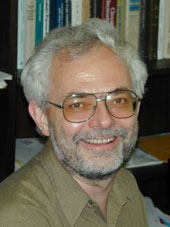 Prof. Borkowski's research
Prof. Borkowski's research
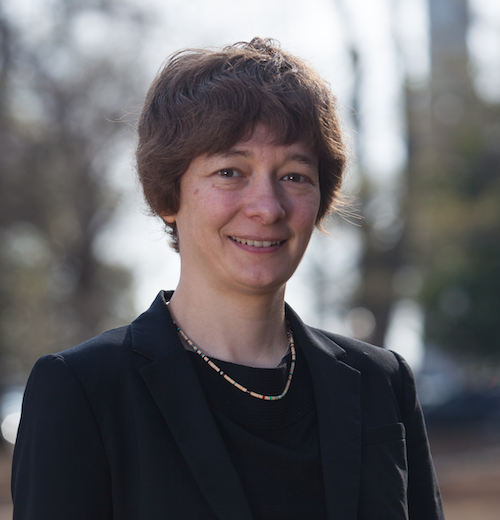 Prof. Frohlich's research covers a range of topics including astrophysical nuclear reactions, the stellar evolution of massive stars, the composition of core collapse supernova ejecta, radioactive abundances of stellar debris in protosolar nebula, and nucleosynthesis processes such as rapid neutron capture (r-process) and antineutrino-proton absorption (neutrino-p- process). She is also interested in computational simulations of supernova explosions and the roles of nuclear structure, plasma dynamics, and neutrino cross sections and transport. Other research interests include galactic chemical evolution and abundances in metal-poor stars.
Prof. Frohlich's research covers a range of topics including astrophysical nuclear reactions, the stellar evolution of massive stars, the composition of core collapse supernova ejecta, radioactive abundances of stellar debris in protosolar nebula, and nucleosynthesis processes such as rapid neutron capture (r-process) and antineutrino-proton absorption (neutrino-p- process). She is also interested in computational simulations of supernova explosions and the roles of nuclear structure, plasma dynamics, and neutrino cross sections and transport. Other research interests include galactic chemical evolution and abundances in metal-poor stars.
 Prof. Kneller's research focuses upon neutrino astrophysics and nucleosynthesis at different epochs in the history of the universe from the Big Bang through to the present day. In recent years he has paid particular attention to the evolving flavor composition of neutrinos as they propagate through supernovae and how various mechanisms that drive that evolution manifest themselves in the signal we expect to observe when we next detect the burst from a galactic supernova. From this signal he hopes to tease out the unknown properties of the neutrino such as the ordering of the neutrino masses, the size of the last mixing angle and the CP phase. Other interests include Big Bang nucleosynthesis, cosmic ray spallation and cosmic and galactic chemical evolution.
Prof. Kneller's research focuses upon neutrino astrophysics and nucleosynthesis at different epochs in the history of the universe from the Big Bang through to the present day. In recent years he has paid particular attention to the evolving flavor composition of neutrinos as they propagate through supernovae and how various mechanisms that drive that evolution manifest themselves in the signal we expect to observe when we next detect the burst from a galactic supernova. From this signal he hopes to tease out the unknown properties of the neutrino such as the ordering of the neutrino masses, the size of the last mixing angle and the CP phase. Other interests include Big Bang nucleosynthesis, cosmic ray spallation and cosmic and galactic chemical evolution.
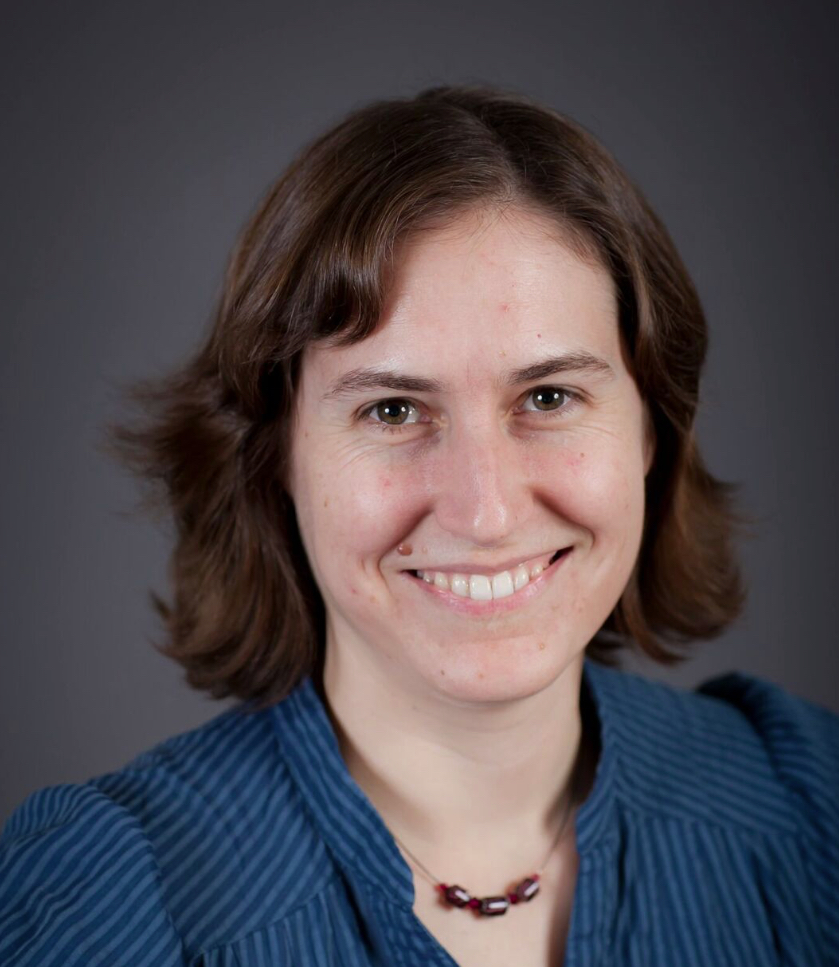 Dr. Katherine (Katie) Mack is a theoretical cosmologist specializing in the connections between astrophysics and particle physics. In modern cosmology, precision measurements of the cosmos on the largest scales can tell us about the nature of elementary particles and the structure of fundamental physical laws. Dr Mack is particularly interested in how the particle physics of dark matter, the mysterious invisible stuff that makes up most of the matter in the universe, can influence the evolution of stars and galaxies and what we might see in new observations as a result. She also works on topics related to the early universe, black holes, distant cosmic explosions known as fast radio bursts, and the formation of the first galaxies.
Dr. Katherine (Katie) Mack is a theoretical cosmologist specializing in the connections between astrophysics and particle physics. In modern cosmology, precision measurements of the cosmos on the largest scales can tell us about the nature of elementary particles and the structure of fundamental physical laws. Dr Mack is particularly interested in how the particle physics of dark matter, the mysterious invisible stuff that makes up most of the matter in the universe, can influence the evolution of stars and galaxies and what we might see in new observations as a result. She also works on topics related to the early universe, black holes, distant cosmic explosions known as fast radio bursts, and the formation of the first galaxies.
 Professor McLaughlin works in the areas of nuclear and particle astrophysics. This includes neutrinos in astrophysical environments, both their effect on the environment as well as the potential for detecting the neutrinos which make their way to earth. It includes also element synthesis, the study of how neutrons and protons combine to make elements in particular astrophysical environments. She is known for her work on neutrino interactions during the formation of the rapid neutron capture elements, theoretical studies of the detection of supernova neutrinos, and work on theories which create a neutrino magnetic moment.
Professor McLaughlin works in the areas of nuclear and particle astrophysics. This includes neutrinos in astrophysical environments, both their effect on the environment as well as the potential for detecting the neutrinos which make their way to earth. It includes also element synthesis, the study of how neutrons and protons combine to make elements in particular astrophysical environments. She is known for her work on neutrino interactions during the formation of the rapid neutron capture elements, theoretical studies of the detection of supernova neutrinos, and work on theories which create a neutrino magnetic moment.
 Prof. Reynolds studies high-energy processes in supernova remnants, active galaxies, and other locales,
in particular the acceleration of particles in strong shock waves. Synchrotron X-ray emission from shell
supernova remnants, originally proposed in 1981, has now been amply confirmed and has become an
important tool for the study of shock acceleration.
Synchrotron X-ray emission is often mixed with thermal X-ray emission from gas shocked to temperatures of 10 MK
and above, and Reynolds has performed observations with various X-ray satellites to study both thermal and
nonthermal processes. Observations with the Chandra X-ray Observatory have led to the firm identification
of the type of Kepler's supernova of 1604 as a thermonuclear (Type Ia) supernova, and to the discovery of the
youngest supernova remnant in the Galaxy, G1.9+0.3, only about 100 years old as observed at Earth.
Prof. Reynolds studies high-energy processes in supernova remnants, active galaxies, and other locales,
in particular the acceleration of particles in strong shock waves. Synchrotron X-ray emission from shell
supernova remnants, originally proposed in 1981, has now been amply confirmed and has become an
important tool for the study of shock acceleration.
Synchrotron X-ray emission is often mixed with thermal X-ray emission from gas shocked to temperatures of 10 MK
and above, and Reynolds has performed observations with various X-ray satellites to study both thermal and
nonthermal processes. Observations with the Chandra X-ray Observatory have led to the firm identification
of the type of Kepler's supernova of 1604 as a thermonuclear (Type Ia) supernova, and to the discovery of the
youngest supernova remnant in the Galaxy, G1.9+0.3, only about 100 years old as observed at Earth.

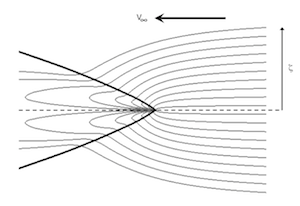 The gravitational accretion onto a star moving through uniform
interstellar gas was first described by Hoyle and Lyttleton in 1939.
This description of accretion flow assumes smooth, laminar flow and
predicts identically zero accreted angular momentum.
HLA theory continues to be used in many fields of astrophysics,
including a new class of accreting neutron stars now known as Supergiant
Fast X-Ray Transients.
The gravitational accretion onto a star moving through uniform
interstellar gas was first described by Hoyle and Lyttleton in 1939.
This description of accretion flow assumes smooth, laminar flow and
predicts identically zero accreted angular momentum.
HLA theory continues to be used in many fields of astrophysics,
including a new class of accreting neutron stars now known as Supergiant
Fast X-Ray Transients.
 Chris used 2D hydrodynamic
simulations to show that the accretion flow does not behave as described in this original theory, but instead
occurs through a rotating accretion disk. As a consequence, the accreting star can be spun up to short
rotation periods.
Chris used 2D hydrodynamic
simulations to show that the accretion flow does not behave as described in this original theory, but instead
occurs through a rotating accretion disk. As a consequence, the accreting star can be spun up to short
rotation periods.